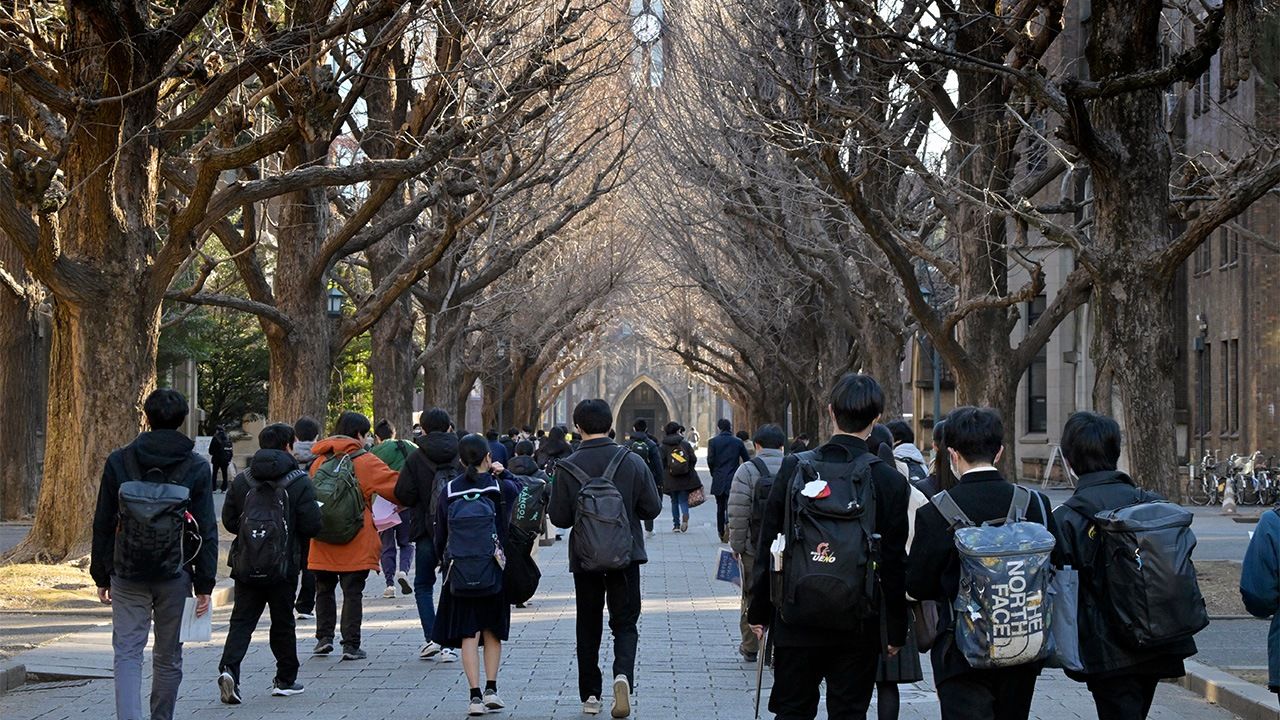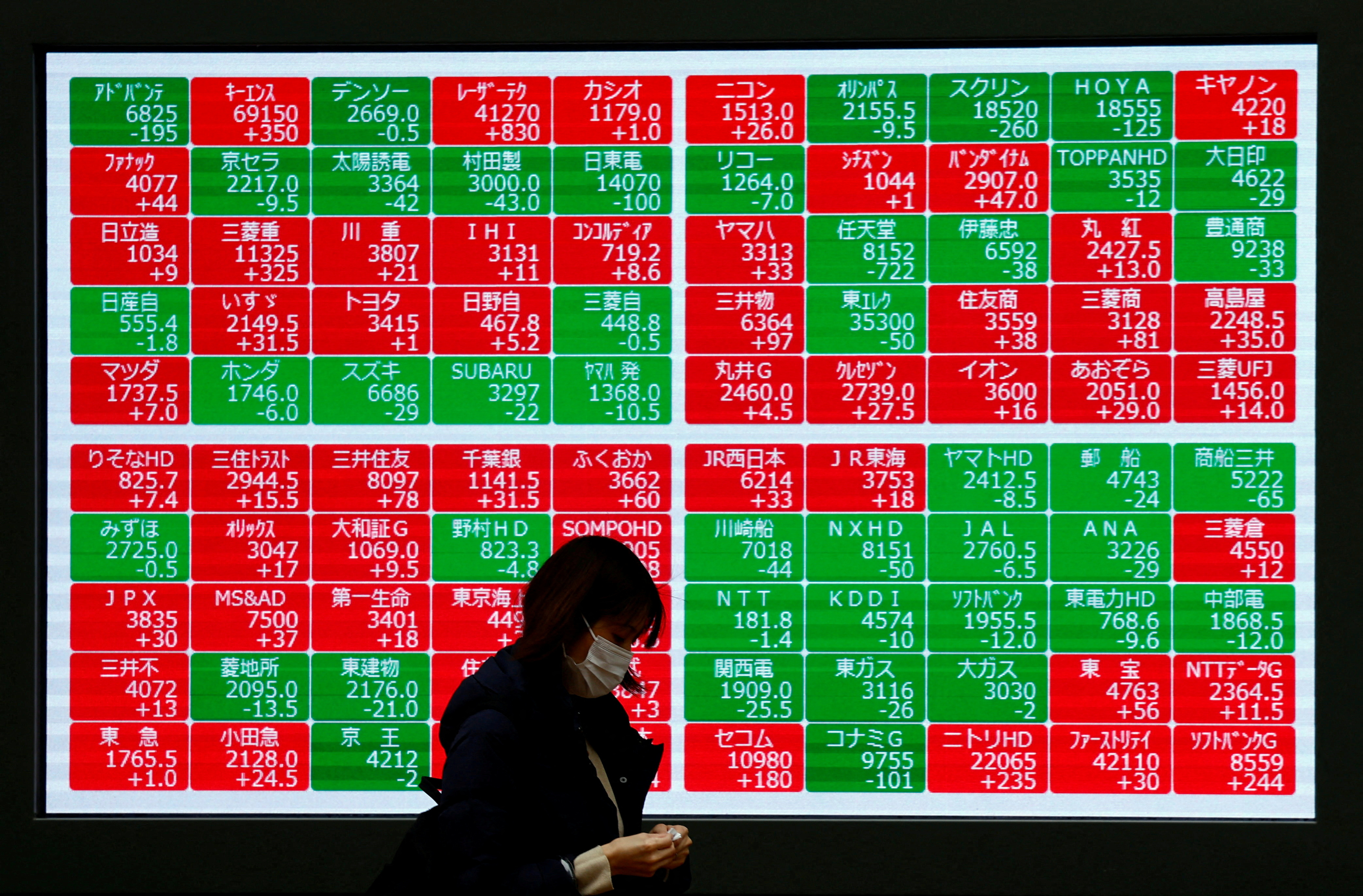Report on Japan’s Educational Policies and Socioeconomic Inequality: Emphasizing Sustainable Development Goals (SDGs)

Introduction
The Japanese government is actively working to reduce financial barriers to secondary and tertiary education to combat growing socioeconomic inequality. This report evaluates the effectiveness of such measures within the context of labor immobility and Japan’s hierarchical corporate recruiting systems, with a focus on the Sustainable Development Goals (SDGs), particularly SDG 4 (Quality Education), SDG 8 (Decent Work and Economic Growth), and SDG 10 (Reduced Inequalities).
Neoliberalism and Education
Since the adoption of neoliberal policies emphasizing competition, personal choice, and individual responsibility, Japan, like many countries, has shifted focus from “equality of outcomes” to “equal opportunity,” especially in education. Government strategies have centered on expanding educational opportunities and providing financial aid such as scholarships.
However, empirical evidence from various countries indicates that merely expanding secondary and tertiary education enrollment does not significantly reduce social and economic inequality. This challenges Japan’s recent efforts to increase educational access through tuition waivers and financial assistance.
Japan’s High Household Financial Burden in Education
- Dependence on Household Expenditure: Unlike many developed nations, Japan has not prioritized expanding higher education access through public funding. Approximately two-thirds of university places are at private institutions, which rely heavily on tuition fees.
- Rising Tuition Costs: Tuition at national universities has steadily increased since 1971, intensifying the financial burden on households.
- Limited Public Financial Aid: Japan provides minimal financial support to students, contrasting with European models that offer low or no tuition fees and generous aid.
According to political scientist Julian Garritzmann, Japan exemplifies a “high burden, low support” model in higher education finance, which limits public expenditure but places heavy costs on families.
Expansion of Higher Education and Its Limitations
- Currently, about 60% of 18-year-olds in Japan enroll in four-year universities, comparable to rates in the UK and the US.
- However, Japan’s higher education system offers limited opportunities for non-traditional students or midcareer learners to re-enter or pursue advanced degrees, restricting lifelong learning and SDG 4 targets.
Recent Policy Shifts Toward Inclusivity
- Universal Tuition-Free High School Education: Initiated in 2010 and expanded nationwide by 2026, this policy removes tuition fees for public and private high schools regardless of income, aligning with SDG 4.3 (equal access to affordable technical, vocational, and higher education).
- Expanded Financial Aid for Higher Education: Since 2020, Japan has implemented income-based tuition reductions and grant-type scholarships to improve access for lower-income students.
These policies aim to quantitatively increase educational opportunities but may not fully address underlying inequalities.
Challenges of Positional Goods and Hierarchical Systems
Education and employment in Japan function as positional goods, where value depends on relative ranking:
- University Admissions: Admission to prestigious universities is a zero-sum competition, with limited slots intensifying inequality.
- Employment System: Japan’s “membership-based” employment system offers lifetime job security and promotion primarily through mass hiring of new graduates from top universities, limiting labor mobility and perpetuating socioeconomic status.
This fusion of university prestige and employment opportunity creates entrenched inequalities, hindering progress toward SDG 8 (Decent Work and Economic Growth) and SDG 10 (Reduced Inequalities).
Impact of Socioeconomic Status on Academic Achievement
- Family background, including parental education and occupation, strongly influences academic performance from early schooling onward.
- This correlation remains robust, maintaining inequality in access to top universities and stable employment.
- Current policies such as tuition waivers and scholarships do not sufficiently address disparities rooted in early educational achievement.
Conclusions and Recommendations for Sustainable Development
Japan’s traditional systems of education and employment, once drivers of postwar growth and social stability, now contribute to persistent inequality. To align with the SDGs, particularly SDG 4 and SDG 10, the following actions are recommended:
- Enhance Quality and Equity in Primary and Secondary Education: Invest resources to reduce the impact of family background on academic achievement, ensuring equal foundational learning opportunities.
- Promote Lifelong Learning and Flexible Education Pathways: Expand access for midcareer and non-traditional students to tertiary and graduate education, supporting SDG 4.4 (skills for employment).
- Reform Employment Practices: Encourage labor market flexibility and reduce reliance on mass hiring from select universities to increase social mobility and reduce inequality.
- Increase Public Investment in Education: Shift focus from high household burden to greater public funding and support, following models with low tuition and high aid.
Addressing these systemic issues is essential for Japan to achieve sustainable and inclusive growth, reduce inequalities, and fulfill its commitments under the Sustainable Development Goals.
Photo credit: Students gather at the University of Tokyo’s Hongō campus ahead of the entrance exam on February 25, 2025. © Jiji.
1. Sustainable Development Goals (SDGs) Addressed or Connected
- SDG 4: Quality Education
- The article focuses extensively on education access, financial barriers, and educational inequality in Japan.
- SDG 10: Reduced Inequalities
- The article discusses socioeconomic inequality and the impact of family background on educational achievement and employment opportunities.
- SDG 8: Decent Work and Economic Growth
- The article addresses employment systems, labor immobility, and the linkage between education and job opportunities in Japan.
2. Specific Targets Under Those SDGs Identified
- SDG 4: Quality Education
- Target 4.3: Ensure equal access for all women and men to affordable and quality technical, vocational and tertiary education, including university.
- Target 4.5: Eliminate gender disparities and ensure equal access to all levels of education and vocational training for vulnerable populations.
- Target 4.a: Build and upgrade education facilities that are child, disability and gender sensitive and provide safe, non-violent, inclusive learning environments.
- SDG 10: Reduced Inequalities
- Target 10.2: Empower and promote the social, economic and political inclusion of all, irrespective of age, sex, disability, race, ethnicity, origin, religion or economic or other status.
- Target 10.3: Ensure equal opportunity and reduce inequalities of outcome, including by eliminating discriminatory laws, policies and practices.
- SDG 8: Decent Work and Economic Growth
- Target 8.5: Achieve full and productive employment and decent work for all women and men, including young people and persons with disabilities, and equal pay for work of equal value.
- Target 8.6: Reduce the proportion of youth not in employment, education or training.
3. Indicators Mentioned or Implied to Measure Progress
- For SDG 4 (Quality Education)
- Gross enrollment ratio in tertiary education (implied by statistics on university enrollment rates).
- Proportion of students receiving financial aid or scholarships (implied by discussion on tuition waivers and financial assistance programs).
- Access to tuition-free education at secondary and tertiary levels (implied by policies on tuition-free high school and expanded financial aid).
- Academic achievement disparities linked to socioeconomic status (implied by the correlation between family background and educational outcomes).
- For SDG 10 (Reduced Inequalities)
- Income-related disparities in access to education (implied by discussion of household burden and income thresholds for tuition waivers).
- Socioeconomic status impact on educational and employment outcomes (implied by the analysis of positional goods and hierarchical systems).
- For SDG 8 (Decent Work and Economic Growth)
- Proportion of youth in regular employment versus nonregular employment (implied by discussion of employment systems and job security).
- Employment rates of graduates from different university tiers (implied by the linkage between university ranking and job opportunities).
- Wage growth and job stability among workers (implied by the discussion on wage stagnation and employment security).
4. Table: SDGs, Targets and Indicators
| SDGs | Targets | Indicators |
|---|---|---|
| SDG 4: Quality Education |
|
|
| SDG 10: Reduced Inequalities |
|
|
| SDG 8: Decent Work and Economic Growth |
|
|
Source: nippon.com







